In the dental beauty industry, safety and compliance are crucial for both manufacturers and consumers. To ensure product quality, manufacturers must obtain necessary certifications, such as FDA and CE, before entering global markets. This article explores the FDA and CE certification process for dental beauty devices, helping factories navigate the regulatory landscape.
The U.S. Food and Drug Administration (FDA) regulates medical devices, including dental beauty devices, to ensure they meet safety and performance standards. Depending on the risk classification, manufacturers may need to submit a 510(k) premarket notification or a Premarket Approval (PMA) application.
The CE mark indicates compliance with European Union safety, health, and environmental requirements. To obtain CE certification, manufacturers must comply with Medical Device Regulation (MDR 2017/745) and undergo a conformity assessment, often involving a Notified Body.
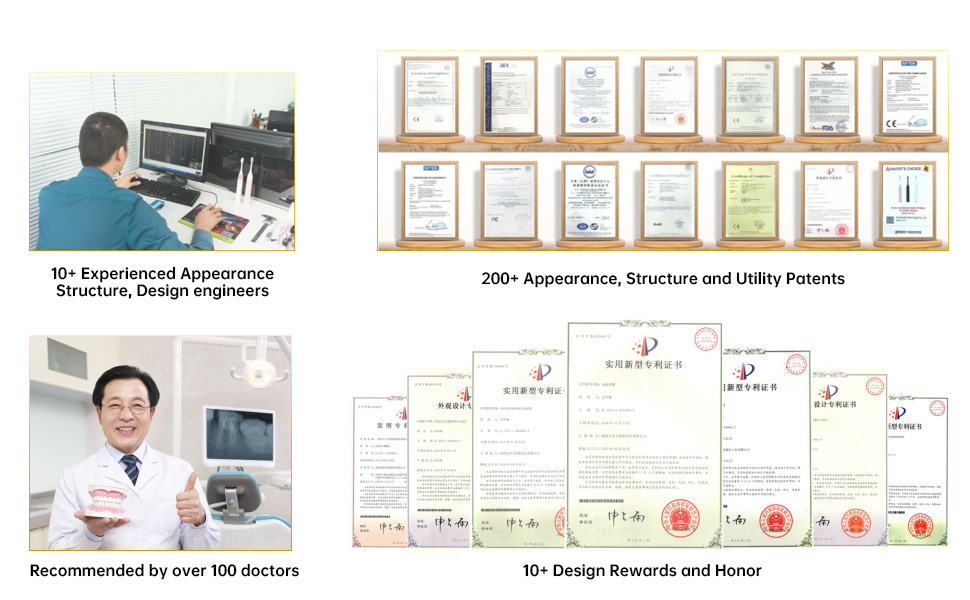
Devices are classified based on their potential risks:
FDA: Class I (low risk), Class II (moderate risk, requiring 510(k)), Class III (high risk, requiring PMA).
CE: Class I, IIa, IIb, III, with stricter requirements for higher-risk devices.
To ensure the compliance of dental beauty devices, manufacturers must conduct biocompatibility testing, electrical safety tests (IEC 60601-1), and clinical evaluations to demonstrate product safety.
Compliance requires an effective QMS, such as ISO 13485, which outlines procedures for medical device design, production, and post-market surveillance.
Device Classification – Identify the correct class based on FDA guidelines.
Premarket Submission – Submit a 510(k) or PMA, depending on classification.
Testing and Documentation – Provide test reports, clinical data, and manufacturing details.
FDA Review and Clearance – The FDA reviews the submission, inspects facilities, and grants approval.
Classification and Conformity Route Selection – Identify the correct device class.
Technical Documentation Preparation – Submit a comprehensive dossier with risk analysis and testing results.
Notified Body Assessment – If applicable, a Notified Body reviews and audits the device and QMS.
Declaration of Conformity & CE Marking – Once approved, the manufacturer can affix the CE mark.
Regulatory Updates: Both FDA and CE regulations evolve, requiring continuous compliance efforts.
Clinical Data Requirements: Manufacturers must provide robust clinical evidence for higher-risk devices.
Manufacturing Consistency: Ensuring consistent quality and compliance of dental beauty devices throughout production is essential.
Achieving FDA and CE certification for dental beauty devices is a complex but necessary process for manufacturers entering global markets. By understanding classification, testing, QMS, and submission procedures, factories can ensure compliance and market access. Partnering with regulatory experts can further streamline the approval process, ensuring efficiency and success.https://www.powsmart.com/
.jpg)
Why Choose an Electric Toothbrush Recommended by Dental Offices in Boston?
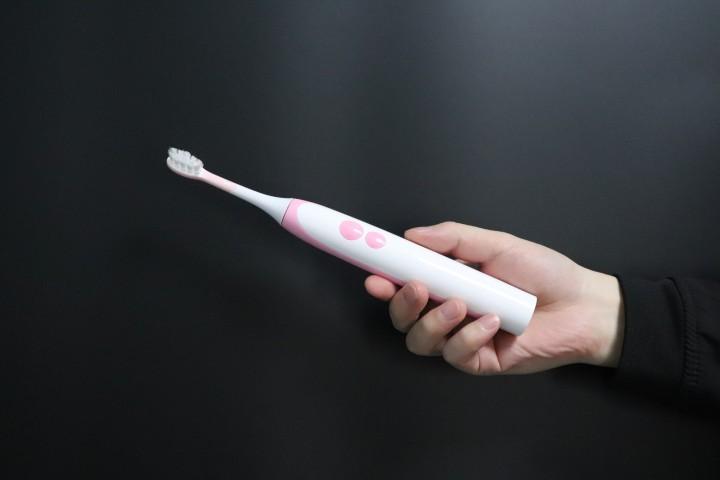
How Can an Electric Toothbrush Improve Your Oral Hygiene Habits?
Rechargeable Sonic Toothbrush Wholesale | High-Performance Oral Care Supplier
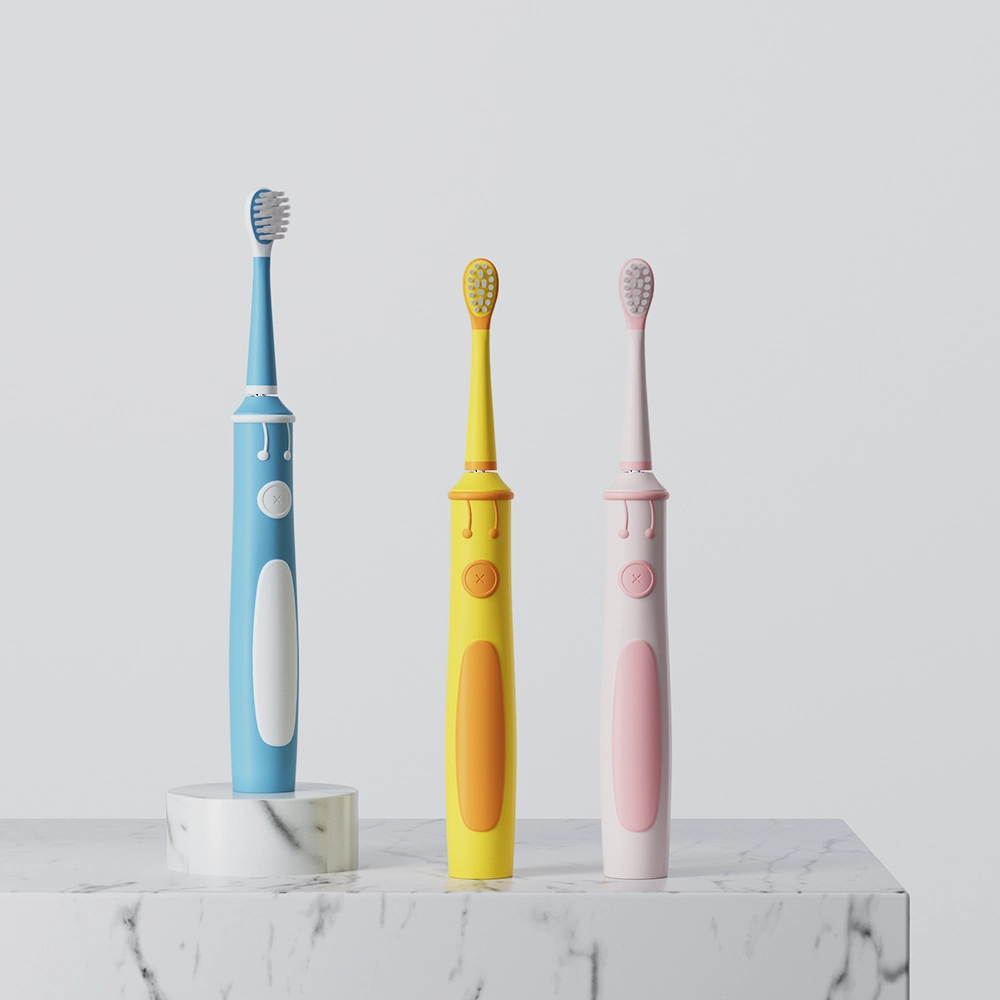
Does Children’s Cavity Prevention Brush Have App Connectivity Flaws?
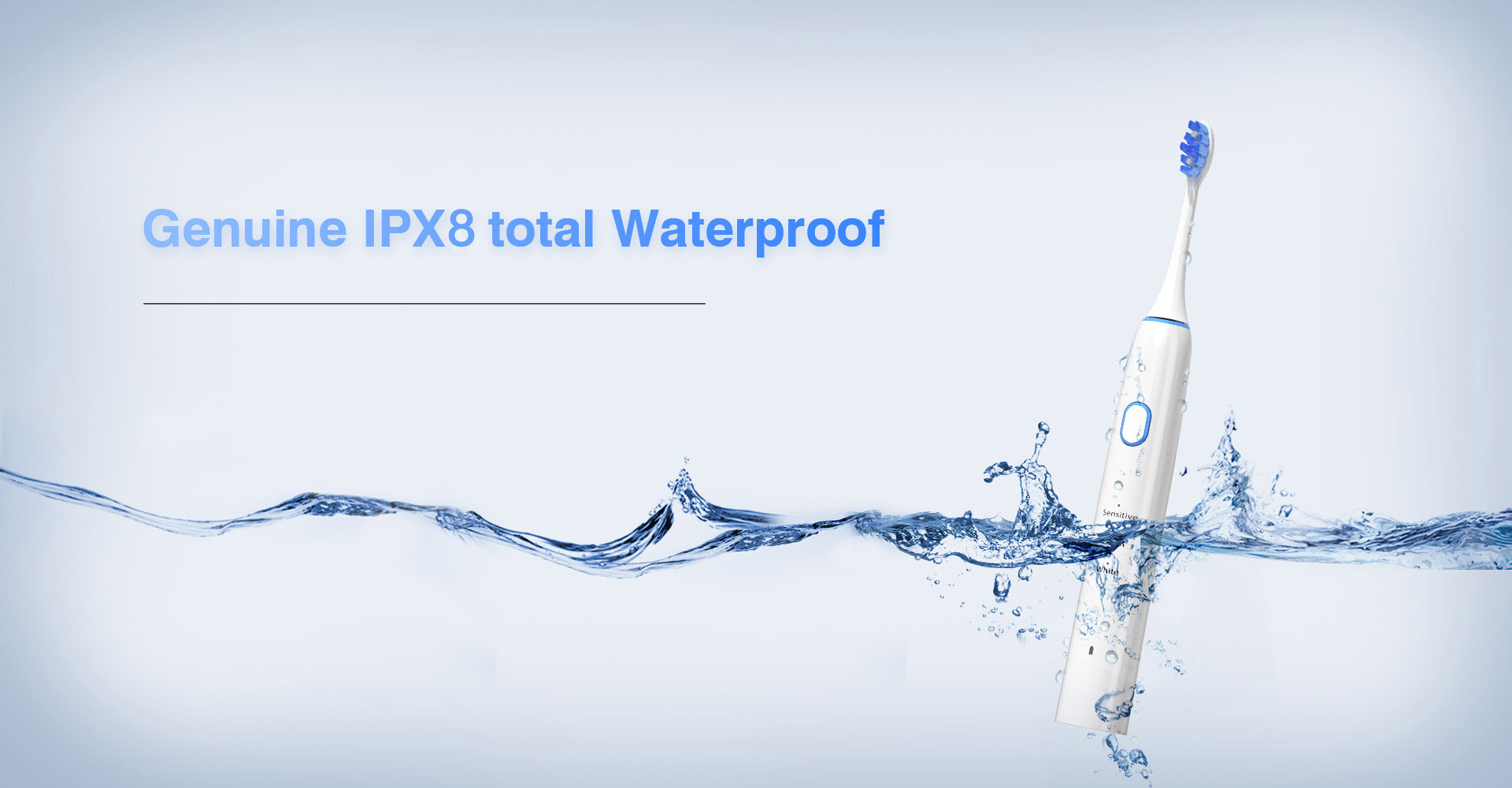
The Importance of Waterproof Rating for Electric Toothbrushes
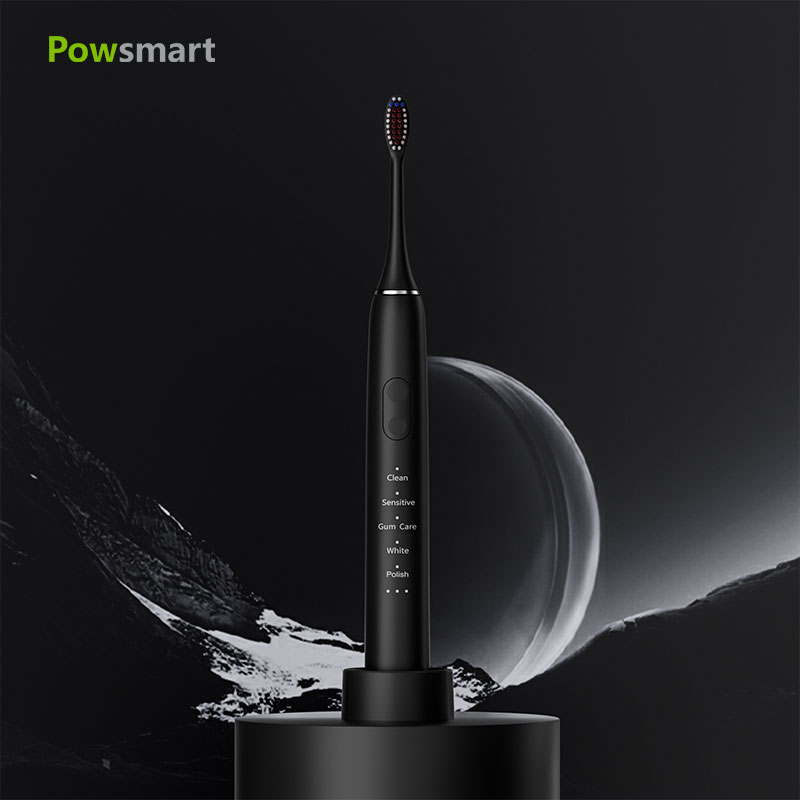
Analysis of the Whole Process of Electric Toothbrush Labeling: The Complete Cycle from Design to Shipment
Stream Scattering and High Irritation Frustrating Users?
.jpg)
Is Dental tourism viable for Kirkland services?
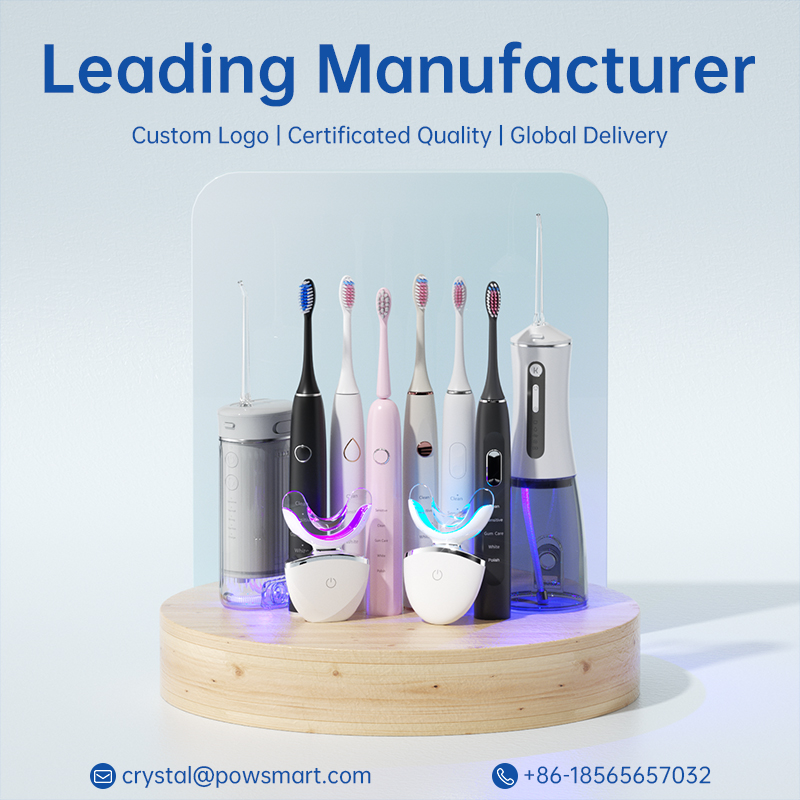
How to Solve the Problems of Product Homogeneity at the Lower End of the Electric Toothbrush Market and the Intense Market Competition
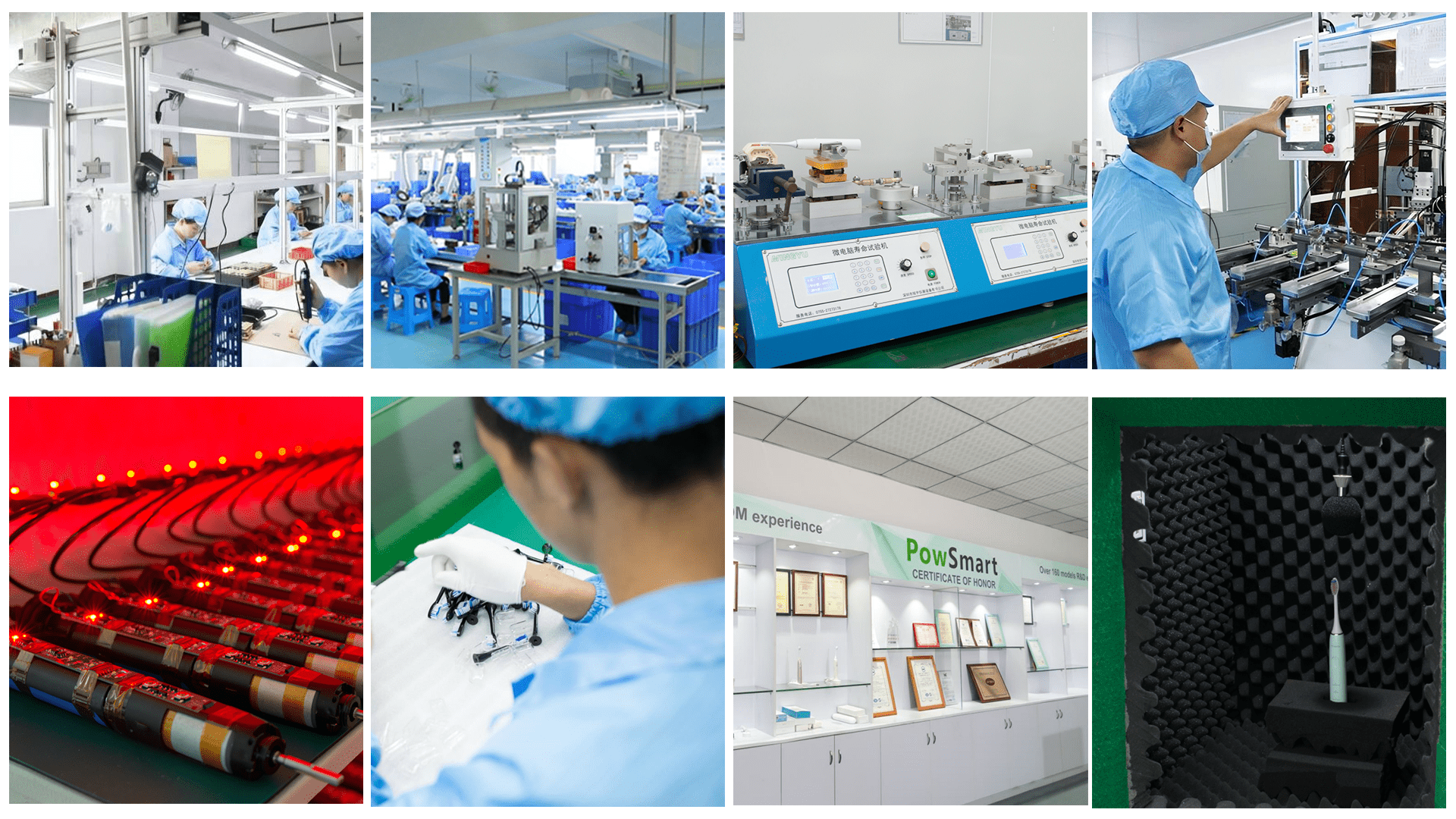
How to Repair an Electric Toothbrush – Answers from Manufacturers
Electric Toothbrush Quality Control: Cleanroom Standards & Defect Analysis Solutions
Waterproof Travel Electric Toothbrush OEM | Portable Oral Care
Colorado Electric Toothbrush for Outdoor Enthusiasts
Why Does Whitening Efficacy Decline Trigger Pulse Intensity Spikes?
.jpg)
Travel Water Flosser OEM: Compact and Portable Solutions
Is Handle Slippage Causing Your Motor Overheating Crisis?

Customization Teeth Whitening Gel

Private Label Whitening Gel

electric toothbrush heads Regular Clean

electric toothbrush heads Deep Clean

electric toothbrush heads Ultra Soft

Electric toothbrush heads Charcoal Infused-Diamond

electric toothbrush heads Charcoal Infuse-Round
.jpg)
Florida Electric Toothbrush – Powsmart PTR-C8
whstapp
whstapp
National Toll-Free Service Hotline
+86 755 86238638